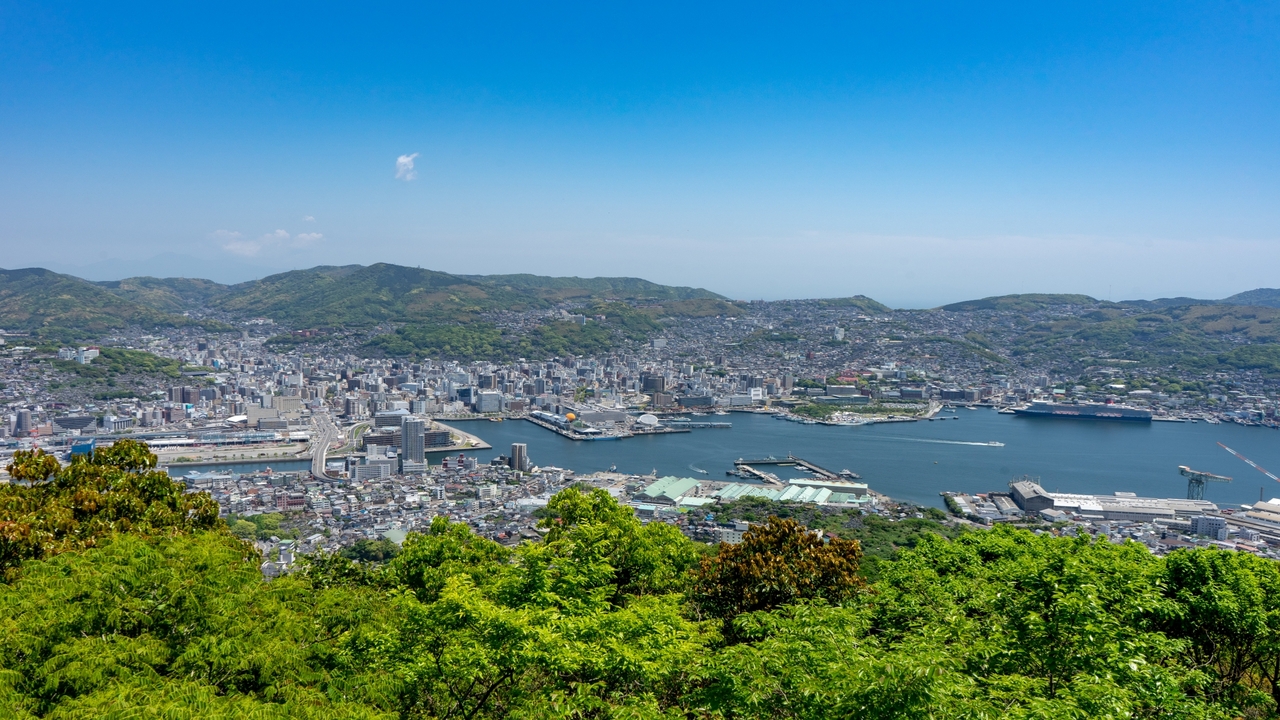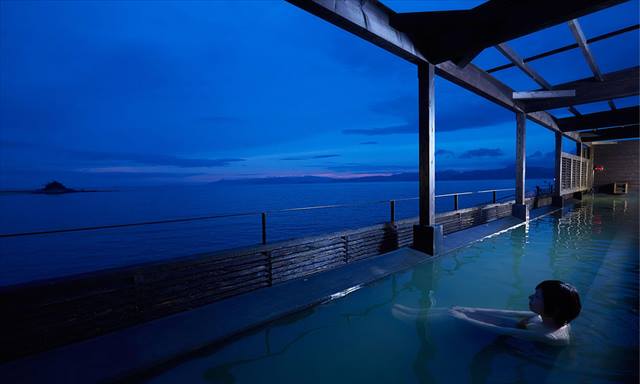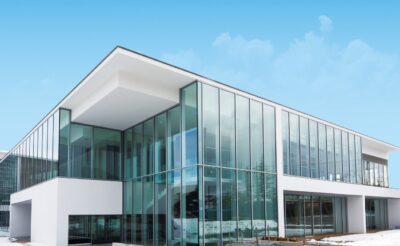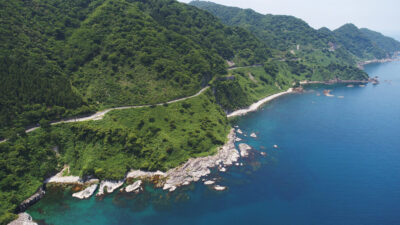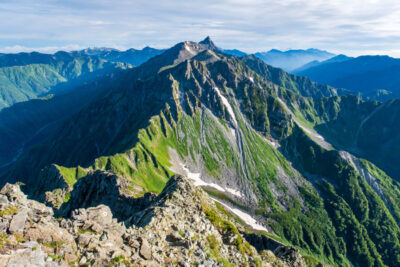Nagasaki is a prefecture located on the north-western part of Kyushu, Japan’s third-largest island. The area is a trove of natural beauty, from onsen (hot springs) with mountain views to lush national parks and numerous smaller islands. Furthermore, Nagasaki is a historically significant location in Japan. It served as the only connection to the outside world during the nation’s two century-long periods of sakoku (self-isolation). This blend results in a region steeped in both Japanese tradition and international influence and modernization. This Nagasaki travel guide introduces several popular spots in the prefecture, when and how to visit, and the local delicacies.
Nagasaki Travel Guide: Nagasaki City
Nagasaki City is the capital and largest city in the prefecture. Thanks to Nagasaki airport, it’s most easily accessed by plane from airports around Japan. From there, a 30-minute bus ride takes you to the city center. The city, along with the prefecture, offers a different experience depending on the season. As such, it can be enjoyed in each.
Nagasaki Travel Guide: Peace Park
Within the capital, there are various sites to enjoy. There is no better location for those wishing to experience the history of Nagasaki than the Peace Park. The space is several kilometers north of the city center. It is separated into two parks with a museum commemorating the bombing of Nagasaki on August 9th, 1945. The center of the facility is Hypocentre Park. In it, a single black monolith marks the epicenter of the explosion. The Atomic Bomb Museum strives to inform future generations about the horrors of war. Finally, Memorial Park is where the iconic Peace Statue resides. The figure is 9.7 meters tall and symbolizes the wishes of Nagasaki natives for world peace.
Nagasaki Travel Guide: Mount Inasa
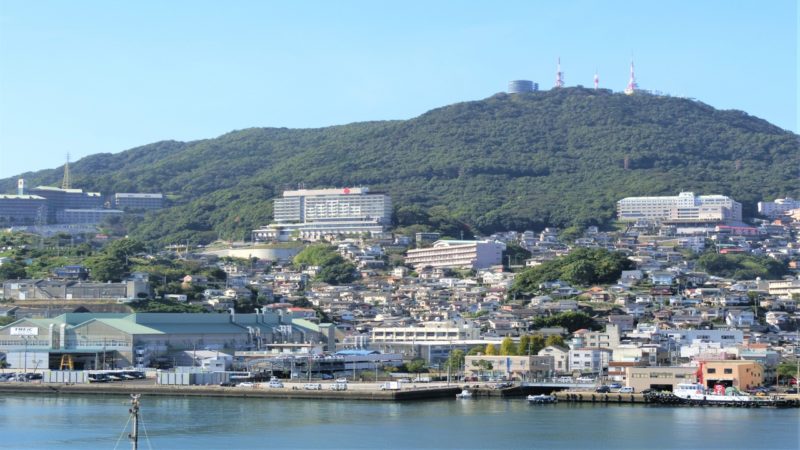
Visitors looking to explore the scenic elements of Nagasaki City should look no further than Mount Inasa. The mountain is 333 meters tall. Its summit can be accessed by ropeway from Nagasaki Station. From there, 360-degree views of the capital, mountains, and coastline can be seen. Night-time visits are the most popular, and the night-time view from Mount Inasa has been ranked amongst Japan’s three best. During spring, the Mount Insasa Azalea Festival takes place in the neighboring garden. 80,000 azaleas are on display.
Nagasaki Travel Guide: Glover Park
Another scenic site that is also culturally valuable to the prefecture is the Glover Garden. The attraction showcases several Western-style mansions from the second half of the 19th century, where foreign officials lived after sakoku. Of these, the Former Glover House is the most popular as it’s the oldest Western-style wooden building in Japan. Sitting atop Minami-Yamate hill, there are picturesque views of the harbor and city available. Visitors can also enter the mansions and observe the well-preserved rooms, fashioned in the style of its time. These are some reasons the capital is the first entry on this Nagasaki travel guide.
Nagasaki Travel Guide: Unzen National Park
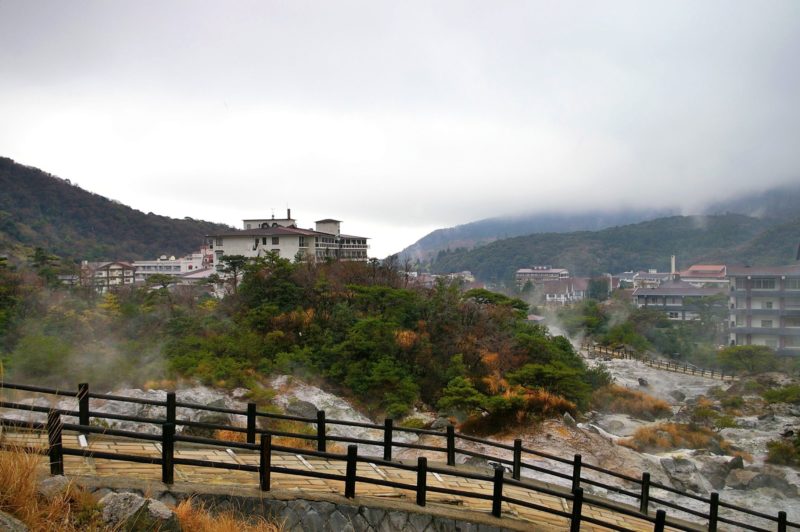
The second entry on this Nagasaki travel guide is in the Shimabara peninsula, a 90-minute drive to the east of Nagasaki City. Since its introduction to foreign tourists in 1900, it has increased in popularity. In fact, in 1934, it was designated Japan’s first national park. Apart from the many hiking trails spread across eight mountains, Unzen National Park is also home to various other attractions.
Nagasaki Travel Guide: Unzen Onsen Resort
Unzen Onsen Resort is an area with numerous hot springs and hotels visitors can relax in. Depending on preference, there are also Japanese-style inns. Each lodging offers a unique experience and view of the surroundings. Spending a night allows visitors to savor the tastes of a Nagasaki delicacy and what is considered the first Japanese fusion cuisine, Shippoku (a mixture of Japanese, Chinese, Western dishes).
Nagasaki Travel Guide: Unzen Jigoku
Unzen Jigoku, which translates to Unzen Hell, is one of the most well-known attractions in Nagasaki. The area received its name because of the sulfurous smell and white steam emanating from the hot springs. Water temperatures can reach as high as 98℃ and serve as a constant reminder of the volcano Mount Unzen looming over the area.
Nagasaki Travel Guide: Shimabara
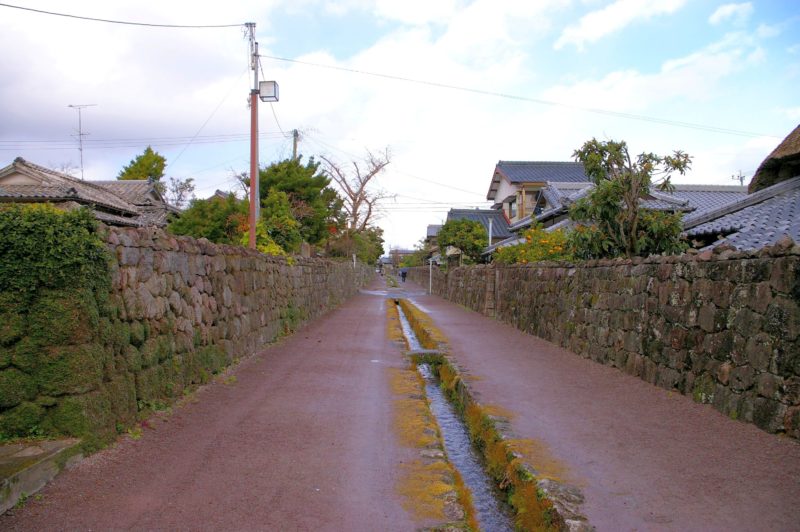
Located at the base of Mount Unzen and facing the Ariake Sea is Shimabara, a peninsula comprised of two cities. The west side is called Shimabara City, while the south-west is known as Minami-Shimabara. The area is renowned for its traditional feel, with attractions like Shimabara Castle and Samurai Street providing glimpses into feudal Japan.
The former was built in 1625. Due to its lengthy construction period of seven years, it became the cause of the Shimabara Rebellion. After strolling through the historic streets, visitors should try a Shimabara delicacy known as Guzoni (vegetable, rice cake, and fish stew). It’s said to have originated around the time of the Shimabara Rebellion when Christian peasants ate it as a hearty and nutritious way to survive.
Nagasaki Travel Guide: Sasebo City
The second city on this Nagasaki travel guide is also the second-largest city in the prefecture. The area is foreigner-friendly thanks to the nearby U.S. Navy base. So Sasebo is the place to go to see a melting pot of cultures. Accessing the city is possible via plane, bus, car, or train.
Huis Ten Bosch is the most popular attraction in Sasebo City. It’s modeled after Holland with picturesque canals and hotels combining to mimic the ambiance of Europe. The park is an homage to Japan’s history, with the Dutch dating from sakoku. Apart from Dutch influence, Huis Ten Bosch takes from other cultures. The result is a nine-zone park filled with everything from rollercoaster rides to Western-style cafes to the immensely popular Tulip Festival, which is the largest in Japan. The park is also known for its many variations of Nagasaki’s signature dessert, castella (Japanese confectionary).
Aside from castella, Sasebo City is famous for a dish called the Sasebo Burger. The dish came out of a necessity to cater to the taste of Americans on the Navy base. It’s topping heavy but usually comes with a beef patty, bacon, lettuce, tomatoes, and a sunny side up egg in between buns.
Nagasaki Travel Guide: Gunkanjima
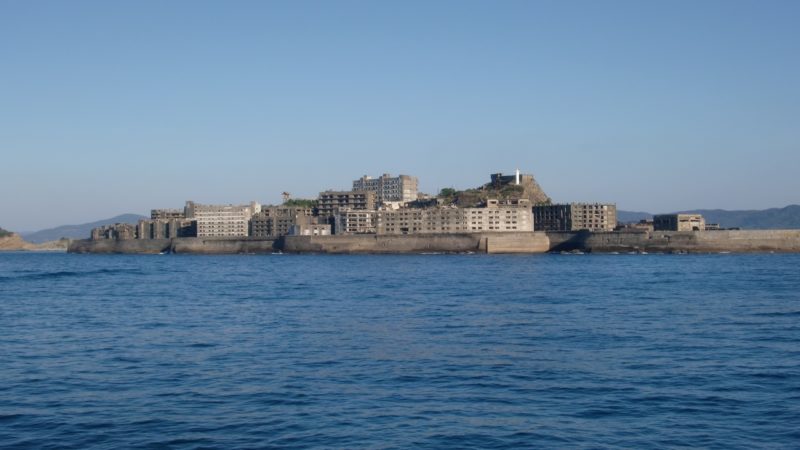
The final entry on this Nagasaki travel guide is an abandoned island 20 kilometers (12.4 miles) off the coast of Nagasaki Port. Until 1974, Gunkanjima, Battleship Island, was a 480-meter by 150-meter (525 by 164 yard) coal mine island. Amazingly, it was once home to 5,000 people, making it the highest recorded population density in human history. Due to the island’s size, they could only build up into its battleship shape. Upon its closure, the island was abandoned. It wasn’t until 2009, when a boat dock was renovated, that visitors could be a part of sightseeing tours of Gunkanjima. Tours are popular as the sight of the weather-worn and decrepit buildings resemble something from a video game.
Nagasaki is a prefecture with a history rooted in as much tradition as it is in modernization. Visiting it is a portal into both facets of Japan. On top of this, its location lends itself to an unrivaled landscape that can be enjoyed during any of the seasons.

Liam Langan
My name is Liam Langan. I’m English Japanese and currently living in Tokyo. Being from Liverpool and Tokyo, my favorite band is The Beatles. In my spare time I like to read, write, and cook.
*Disclaimer:
This article was written by an outside writer, and WAttention is not responsible for any damage caused by the information on this page. Please be aware that the accuracy of the information posted in this article is not guarantied, and the content may be changed without notice.
 0
0

